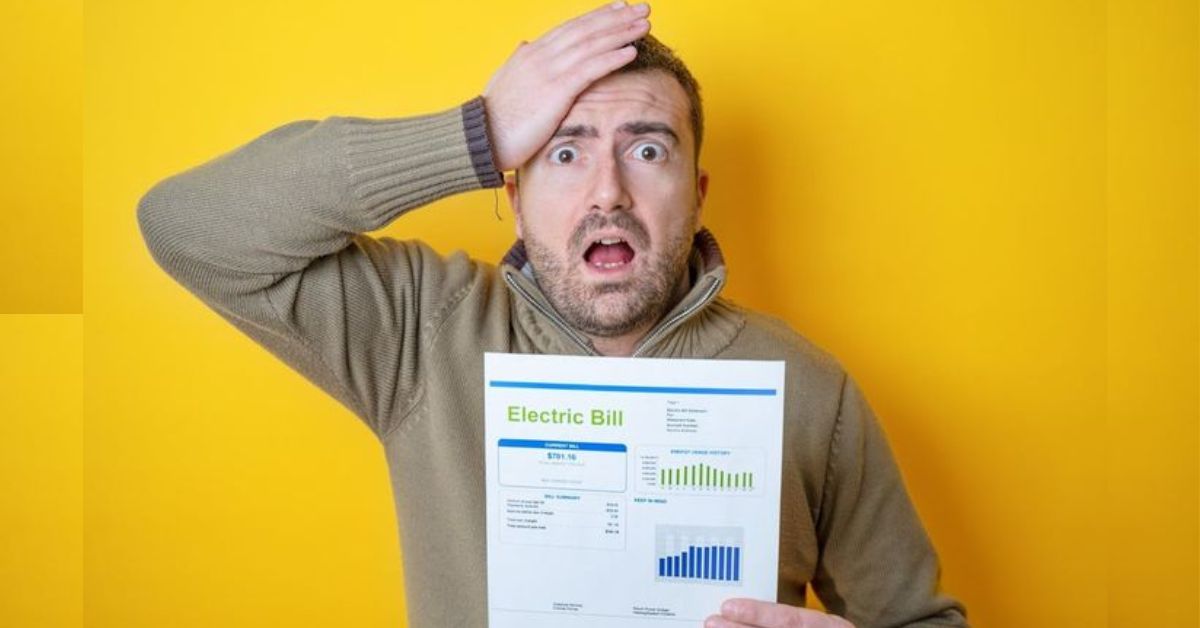The UK economy grew by just 0.3% in the second quarter of 2025 (April to June), a sharp decline from the 0.7% growth recorded in the first quarter, according to data released by the Office for National Statistics (ONS) on August 14, 2025. This slowdown, coupled with a 4% drop in business investment and the loss of 157,000 payroll jobs since the Labour government took office, highlights growing economic challenges. As global trade tensions and domestic policy changes impact businesses and consumers, this article examines the latest economic indicators, their implications, and the broader context of the UK’s economic performance.
Overview of Q2 2025 Economic Performance
The UK’s gross domestic product (GDP) growth of 0.3% in April to June 2025 reflects a significant slowdown from the 0.7% expansion in January to March, as reported by the ONS. This marks the weakest quarterly growth since the Labour government assumed power, raising concerns about the sustainability of economic recovery post-2024. The services sector, a key driver of growth, saw a modest increase, while production and construction outputs showed mixed results, per FTAdviser.
April 2025 was particularly weak, with GDP contracting by 0.3%, the largest monthly decline since October 2023, driven by a 0.4% drop in services output, according to the ONS. Factors such as higher employment costs and changes to Stamp Duty Land Tax (SDLT) contributed to the slowdown, particularly affecting legal and property services.
Business Investment Declines
Business investment in the UK fell by 4% in Q2 2025, a stark contrast to the 3.9% increase reported in Q1, per the ONS. This decline reflects heightened uncertainty and rising costs, which have dampened business confidence. The Confederation of British Industry (CBI) noted that higher employer National Insurance contributions and the National Living Wage increase, implemented in April 2025, have strained firms, particularly in sectors like hospitality and retail.
Key factors contributing to the investment drop include:
- Higher Labour Costs: The Autumn Budget’s payroll tax hikes increased employer costs, leading to reduced capital spending, per RSM UK.
- Global Trade Uncertainty: US tariffs and geopolitical tensions have disrupted export plans and supply chains, affecting investment decisions, per KPMG UK.
- Sector-Specific Challenges: Falls in intellectual property products (IPP) and ICT equipment investments offset gains in transport and buildings, per the ONS.
The CBI forecasts sluggish investment growth for the remainder of 2025, with temporary boosts like aircraft purchases in Q1 unlikely to recur, per their June 2025 Economic Forecast.
Job Market Weakness
The UK labour market has also faced challenges, with 157,000 payroll jobs lost since the Labour government took office, according to posts on X and corroborated by ONS data. Between May 2024 and May 2025, payrolled employees fell by 135,000 (0.4%), with an additional 25,000 jobs lost from April to May 2025, per Punchline Gloucester. The hospitality sector was hit hardest, losing over 108,000 jobs due to tax increases, as reported by The Telegraph.
Despite the payroll decline, overall employment remains relatively high, with 34.13 million people in work from March to May 2025, up 754,000 from the previous year, per the House of Commons Library. However, the unemployment rate rose to 4.7% in Q1 2025, compared to 4.5% in Germany and 4.1% in the US, reflecting a cooling labour market. Wage growth slowed from 5.3% to 5% in the three months to May 2025, per Punchline Gloucester, as businesses responded to higher costs with hiring freezes.
Factors Driving the Economic Slowdown
Several domestic and international factors contributed to the Q2 slowdown:
- Tax and Policy Changes: The April 2025 increase in SDLT led to a 63.5% drop in residential property transactions, impacting legal and real estate services, per the ONS.
- Inflation Pressures: Headline inflation reached 3.5% in April 2025, driven by tax rises and regulated price increases like water bills, per RSM UK. Inflation is expected to remain above 3% through 2025 before easing to 2.5% in 2026.
- Global Headwinds: US tariffs have reduced export demand, with goods exports to the US (7% of total UK exports) affected, per the CBI.
- Consumer Caution: Despite rising real incomes, household spending remains subdued, with savings ratios increasing, per KPMG UK.
Analysts suggest that some economic activity was pulled forward to Q1 to avoid April’s tax changes, contributing to the subsequent contraction, per FTAdviser.
Government and Industry Response
Chancellor Rachel Reeves has defended the government’s economic strategy, emphasizing investments in artificial intelligence and public transport outlined in the Spending Review, per City A.M. However, critics argue that the £20 billion tax increase on employers has hindered growth, with Bank of England Governor Andrew Bailey noting volatile GDP figures and weak underlying growth, per FTAdviser.
The British Chambers of Commerce (BCC) forecasts GDP growth of 1.2% for 2025, boosted by Q1’s performance, but warns of sluggish activity due to weak demand, per their Quarterly Economic Forecast. The CBI projects a similar 1.2% growth but downgraded its outlook from 1.6% due to higher costs and global uncertainty. Businesses are calling for a comprehensive Industrial Strategy to address skills shortages and energy costs, per the CBI.
Outlook for the Remainder of 2025
The UK economy faces a challenging path ahead, with growth projected at around 1% for 2025, per RSM UK. Consumer spending is expected to rise modestly, supported by lower interest rates and real income gains, but a weaker job market and global trade tensions pose risks. The Bank of England is anticipated to cut interest rates to 3.75% by year-end, with two 25 basis point reductions planned, per RSM UK. However, persistent inflation and wage growth may limit further cuts.
Potential Economic Implications
The combination of slower growth, declining investment, and job losses could strain public finances. Government borrowing reached £57.8 billion in the first three months of the 2025/26 financial year, up £7.5 billion from 2024/25, with public sector net debt at 96.3% of GDP, per the House of Commons Library. Reduced tax revenues from lower business activity may challenge the government’s spending commitments, per FTAdviser.
Consumer confidence, measured by GfK’s Consumer Confidence Index, fell to -19 in July 2025, reflecting caution amid economic uncertainty, per the House of Commons Library. Retail sales grew by 0.2% in the three months to June 2025, but weak demand persists, per the ONS.
Future Considerations
To address these challenges, analysts suggest:
- Skills Development: A national skills strategy to support industries like technology and renewable energy, per the CBI.
- Investment Incentives: Policies to boost business confidence and capital spending, per Bloomberg.
- Trade Mitigation: Strategies to counter US tariffs, including diversifying export markets, per KPMG UK.
The government’s upcoming Industrial Strategy, expected in late 2025, aims to foster growth through targeted investments, but its success will depend on addressing labour costs and global uncertainties, per the CBI.
Conclusion
The UK economy grew by 0.3% in Q2 2025 (April-June), down from 0.7% in Q1, per the ONS, with April’s GDP contracting by 0.3%. Business investment fell 4%, driven by higher labour costs and global trade tensions, while 157,000 payroll jobs were lost since the Labour government took office, particularly in hospitality. Inflation reached 3.5% in April, and consumer spending remains cautious despite rising incomes. The services sector grew modestly, but production and construction showed mixed results. The CBI and BCC forecast 1.2% GDP growth for 2025, with risks from US tariffs and tax increases. The Bank of England anticipates interest rate cuts to 3.75% by year-end, but weak productivity and rising public debt (96.3% of GDP) pose challenges.
Author
-

Marcus Hale is a finance professional turned content creator who specializes in personal finance, stock market analysis, crypto trends, and smart investing strategies. Known for simplifying complex financial concepts, Marcus helps readers make confident money decisions. Whether you’re budgeting, investing, or tracking global markets, Marcus delivers timely advice with clarity and authority.







